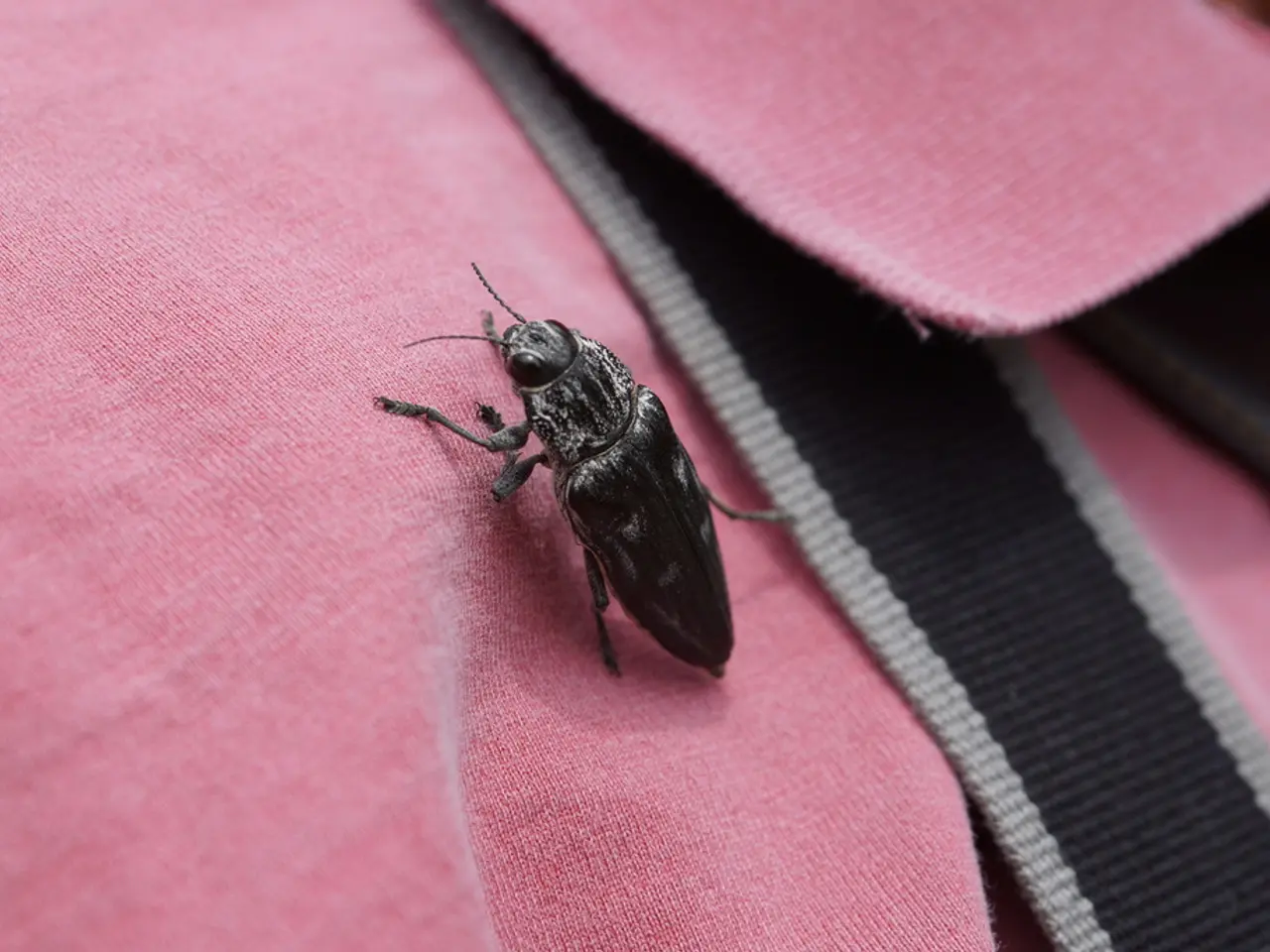Invaders from the Green World: Praying Mantises of Ohio
In the gardens of Ohio, a fascinating group of insects lurk among the vegetation, blending seamlessly with their surroundings. These are the praying mantids, a captivating species known for their unique appearance and predatory habits.
Ohio is home to three distinct species of praying mantids: the native Carolina mantis (Stagmomantis carolina), the larger Chinese mantis (Tenodera sinensis), and the European mantis (Mantis religiosa). While they share common predatory adaptations, such as triangular heads, flexible necks, and raptorial forelegs, each species has its own distinctive characteristics.
Differences among the Three Species
The Carolina mantis, smaller in size, tends to have a green or brown colouration for camouflage. The Chinese mantis, on the other hand, is larger and more robust, often appearing in shades of green or brown. The European mantis is recognised by its distinctive black and white eyespots on the forewings.
In terms of life cycle, all three species undergo incomplete metamorphosis, laying eggs in ootheca (foam-like egg cases) that overwinter to hatch in spring. The Chinese mantis tends to hatch earlier and may have a longer nymph stage due to its larger size, while the European mantis is known for its distinctive wing markings.
A Closer Look at Ohio's Praying Mantids
Mantids can be found nearly anywhere in home landscapes, including on trees, shrubs, and garden annual and perennials. One has to be looking closely to notice a mantid, as they are often well camouflaged to their surroundings.
Adult male mantids are winged and can fly long distances, while females, although they also have wings, often do not fly or fly infrequently. Female mantids produce egg masses, called ootheca, which can contain up to 400 eggs.
Mantids have large eyes and are able to rotate their head to effectively monitor their surroundings. When hunting, they use their raptorial front legs, which have spines on the femur and tibia, to grasp prey.
A fascinating aspect of the mantid's behaviour is cannibalism. Female mantids can consume males during or after mating, often for an energy boost before egg-laying.
Mantids are charismatic garden predators that are often called praying mantids because most species are sit-and-wait hunters. The Carolina mantid, for instance, has males and females with a dark spot on the forewing, and females have a widened lateral abdomen and wings that only cover 3/4 of the abdomen length.
Mantids: More Than Just a Pest Control Method
Mantid egg cases are sometimes marketed as a natural method of pest control and can be purchased for release in the garden. However, it's important to note that releasing mantids may not necessarily improve pest suppression due to their feeding habits on various insects.
Observing mantids can be a great way to introduce young people to entomology, offering a unique opportunity to learn about these fascinating creatures and their role in the ecosystem.
As the weather warms and the days grow longer, keep an eye out for these captivating garden predators. With their distinctive features and intriguing behaviours, Ohio's praying mantids are sure to provide a fascinating addition to any garden.
In Ohio's gardens and home landscapes, mantids can be found camouflaged among trees, shrubs, and annual or perennial plants. These captivating creatures, including the native Carolina, Chinese, and European mantids, are more than just a pest control method; they are charismatic garden predators that offer a unique opportunity for young people to learn about entomology and the ecosystem.




